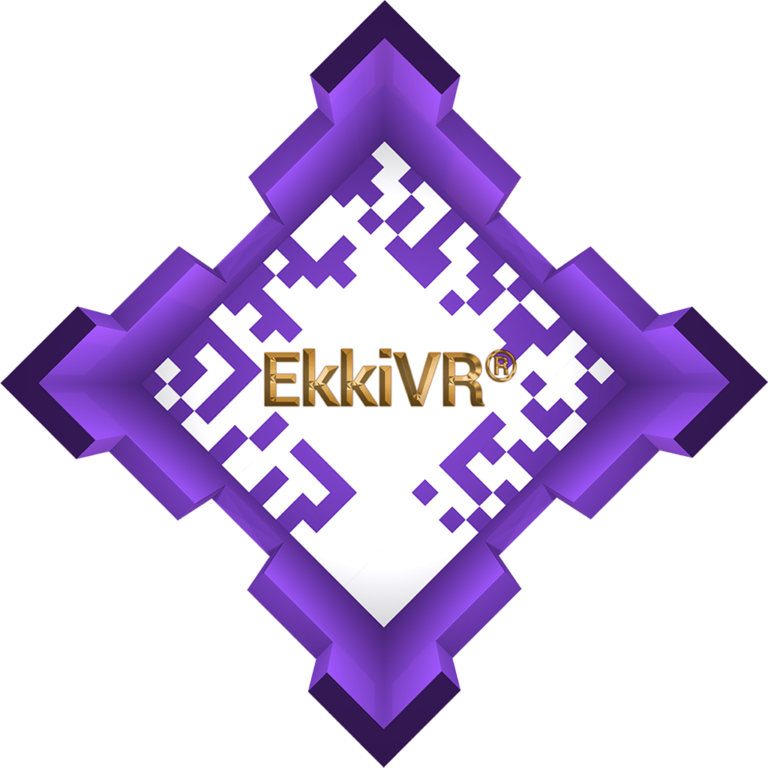Since my early childhood, I dreamed of travelling to space. Could be an astronaut or just a traveller through star systems. In my childhood there were not so many TV series about space, I had to invent and fantasise everything myself. With the advent of many TV series and movies, my dreams have become more vivid and colourful. Inspired by modern science fiction cinema, I found myself thinking, how would I act in this or any other complex and deadly situation? Alien attacks, landing on alien planets, attack by artificial intelligence, attack by nanites or viruses, depressurisation of a part of the ship, derailed lift between the decks of the ship and much more. After all, it’s a deadly situation and somehow you have to survive, in space!
So I decided to come up with a space test simulator. After a few months of work, it became clear that such an attraction is quite possible to make and it is frighteningly interesting. Just drew and already wanted to be on such a ride. This is unbelievable! After writing about 40 game scenarios, I slowly began to realise that the attraction had split into two different technical solutions. This is how the idea of the second attraction was born, which differs in technical realisation.
The potential of the rides is really high. You can sign up for the game either individually or in a group of up to 6 people. Each player registers an individual identification chip and is personally assigned special success points, which are accumulated from each mission. If participants play as a group, they receive a bonus from their leader (commander). A player with a bad reputation in the team, will give a negative effect on the whole team. The tests can be streamed online. Rating is formed both individually and by teams: 2 crew members, 3 crew members, 4 crew members, 5 crew members, 6 crew members; To solve the task of the mission, it is necessary to send a crew member by speciality: a medic – heals, a pilot – more accurately calculates the course, an engineer – better repair equipment, a scientist and researcher – better recognise the threat.
Both rides are not easy to create. Requires no small floor space, competent engineering implementation, savvy programmers to write scripts, safety analytics. The rides are designed in such a way that they can be modernised and expanded at any time, even during operation, without rewriting the code and reconstructing the already installed ride modules. All modules are connected by a power supply and a data bus which is connected to the main server. After modification, the specialised software is automatically adapted for correct scenario generation. The modularity of the attractions allows numerous changes in the configuration of the game environment. The server uses a specialised neural network and learns from completed missions to make modifications for the next missions. Timers, constants, dialogues, messages, tasks, solutions, puzzles, randomness and much more, constantly changing. Missions have multiple solutions and interactions, but sometimes the player’s or team’s course of action will lead to sudden failure and success points will be written off.
Despite the fact that the above sounds very beautiful, the implementation of such an attraction requires not a little effort and resources.
